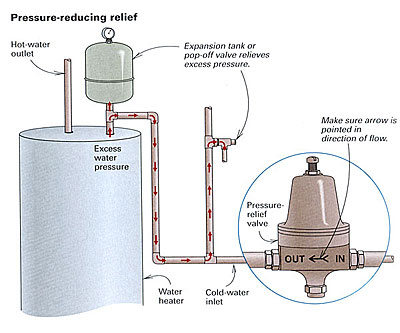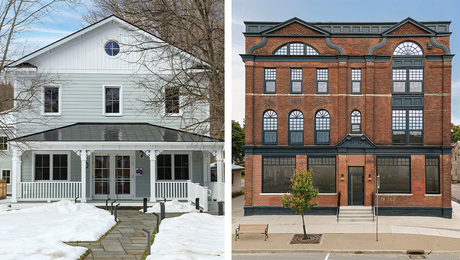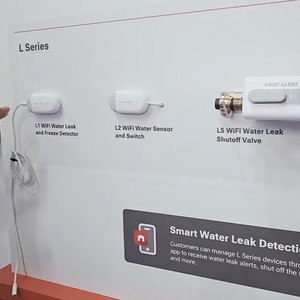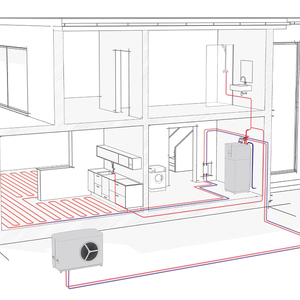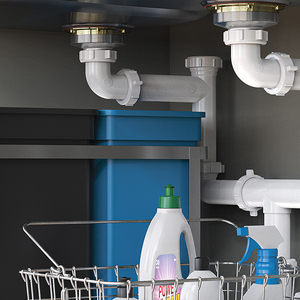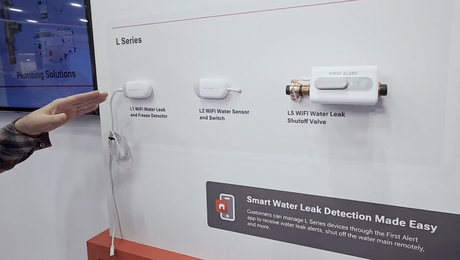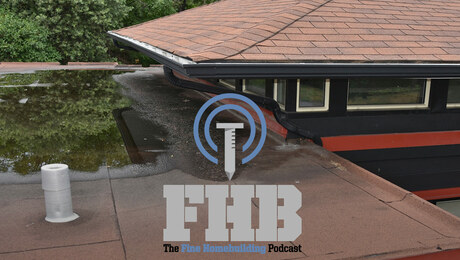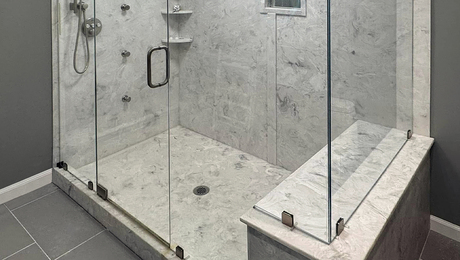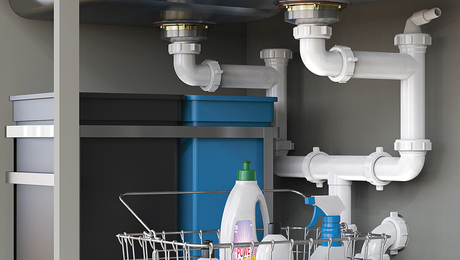Q:
I recently had a pressure reducer installed in my house after the abnormally high (120 psi) water pressure was threatening to blow all my faucets apart. The faucets have stopped leaking constantly, but now the entire system vibrates annoyingly every time water is used. Are these vibrations caused by the pressure reducer, and do you have any suggestions for eliminating them?
Zack Gaulkin, Watertown, CT
A:
Peter Hemp, author of Plumbing a House , replies: Over the years, I’ve had to deal with numerous complaints from customers bothered by vibrations, howls, slams and bangs from pressure-reducing valves. These valves are usually installed where the main water supply enters the house and are designed to take abnormally high street water pressures down to more reasonable levels.
Believe it or not, the vibration problems have their origin at the water heater. Here’s why. Water expands as it heats up. Without a pressure-reducing valve, you have an open water system. As the water in the heater expands, it backs out of the heater and into the cold-water pipe. Any pressure from the expansion of the heated water is dissipated out of the house supply.
However, with the pressure-reducing valve in place, the hot water has no place to go as it expands, resulting in an increase of up to 4 psi in the overall water pressure inside the house beyond what the valve is set at. When you call for water by opening a faucet, the extra pressure introduced by the water heater then causes the pressure-reducing valve to vibrate as it compensates for this extra pressure.
Some pressure-reducing valves have a builtin bypass to provide an escape for this back pressure. But sometimes these bypasses don’t function as they should. In my experience the greater the street pressure coming into the house, the less likely it is that the bypass on the pressure-reducing valve will function properly. And 120 psi is definitely on the high side for street pressure.
To eliminate the vibration from the pressure-reducing valve, you need to relieve the extra pressure that exists on the house system. But first, check the arrows on the pressure-reducing valve to make sure that it’s not installed backward. If it is, have your plumber turn the valve around. Also, there is a chance that the valve is faulty and that installing a new valve might take care of the vibration problem.
If you still have a problem after changing the valve, your next option is installing an expansion tank on the cold inlet piping near the water heater. Backed-up hot water will travel into the tank each time the water is turned off and re-enter the water heater when more hot water is drawn off. Installing an expansion tank is an effective but expensive option, and it’s a job that should be done by a licensed plumber.
A cheaper alternative and one more within the realm of a homeowner’s plumbing skills is installing a pop-off valve. A pop-off valve has a calibrated spring that is set to be overpowered by water pressure above a certain level. When the pressure exceeds the limits of the spring, the valve “pops off,” jettisoning water to relieve the excess pressure. Instead of vibrations each time you open a faucet, a tiny bit of water is expelled from the valve.
Pop-off valves with adjustable pressure ratings are available, but I prefer valves that are preset at a pressure rating. The valve should be rated or set at about 20 psi above the pressure of your pressure-reducing valve (which is usually preset at 55 psi).
Here in the mild California climate, we usually install pop-off valves by installing a T just before an outside hose bib. The pop-off valve is installed on the remaining port of the T, and the water from the valve is safely expelled outside the house. However, a popoff valve is subject to freezing, so if you live in a colder climate, the valve should be installed indoors. The pop-off valve is threaded so that a discharge pipe can be attached and run to a sump or drain.
